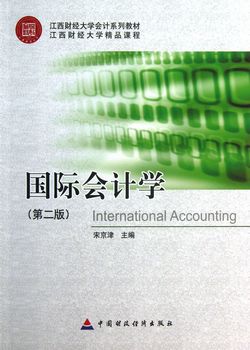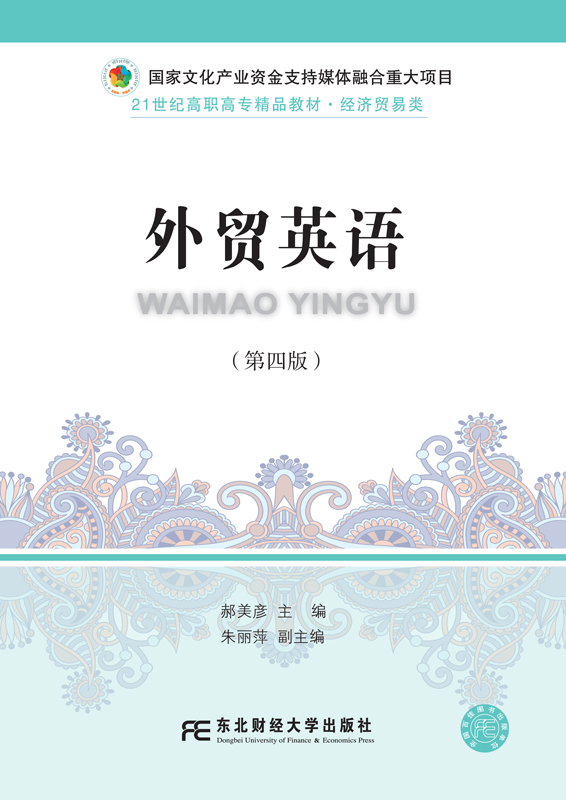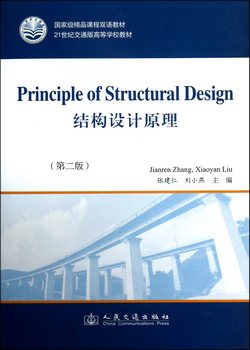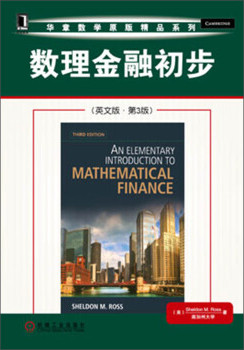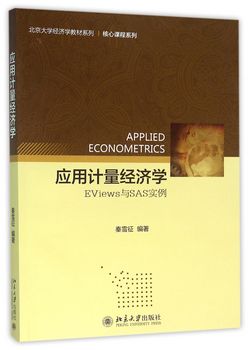国际金融(英文版) 第2版 / 全国高等院校本科商务英语专业规划教材
定价:¥37.00
作者: 刘园
出版时间:2014-06
出版社:对外经济贸易大学出版社
- 对外经济贸易大学出版社
- 9787566309938
- 185273
- 2014-06
- F831
内容简介
《国际金融(英文版第2版)》在第一版的基础上,重新编写了第九、十两章,并根据后金融危机时代国际金融领域理论和实践的最新发展动态,使补充了每一章的引导案例,更新丰富了课后习题与测试内容,并为教师的教学提供了PPT,使得全书的理论性、时效性、实操性更加客观、完整,相关内容的分析更加深入浅出,对经济类专业、管理类专业等人文社科专业的本科生、研究生的学习具有十分重要参考价值。本书第二版仍由对外经济贸易大学国际经贸学院金融系博士生导师刘园教授主编。
目录
Chapter 1 Balance of Payments
1.1 International transactions: the balance of payments
1.2 Balance of payments surplus and deficit
1.3 Economic forces and the balance of payments
Chapter 2Theories of Balance of Payments
2.1 The elasticity approach to the balance of payments
2.2 The absorption approach to the balance of payments
2.3 The monetary approach to the balance of payments
Chapter 3Macroeconomic Policy in an Open Economy
3.1 The problem of intemal and external balance
3.2 The Mundell-Fleming mode
3.3 Conclusions
Chapter 4Fixed, Floating and Managed Exchange Rates
4.1 Definitions and types of the exchange rate
4.2 The case for fixed exchange rates
4.3 The case for floating exchange rates
4.4 Managed floating
4.5 Conclusions
Chapter 5Models of Exchange-rate Determination
5.1 Purchasing power parity
5.2 Covered interest parity
5.3 Market efficiency, uncovered interest parity and realinterest parity
5.4 Foreign exchange risk management
Chapter 6 The Foreign Exchange Market
6.1 The basics of the foreign exchange market
6.2 Mechanics of the foreign exchange market
Chapter 7 Currency Futures, Options and Swaps
7.1 Introduction
7.2 Currency futures
7.3 Currency options
7.4 Currency and interest swaps
Chapter 8International Lending and Financial Crises
8.1 International lending to developing countries
8.2 Financial crises: what can and does go wrong
8.3 Resolving financial crises
8.4 The frequency of financial crises
Chapter 9The International Monetary System
9.1 History of the international monetary system
9.2 Contemporary currency regimes
9.3 Emerging markets and regime choices
9.4 The birth of a European currency: the euro
9.5 Exchange rate regimes: what lies ahead?
Chapter 10International Banlang and the Eurocurrency Market
10.1 The Eurocurrency market
10.2 International funds transfer and credit expansion through the Eurocurrency system
10.3 The Eurocurrency market and balance ofpayments disequilibrium
10.4 International banking: structure and instruments
Chapter 11Foreign Direct Investment and International Capital Budgeting
11.1 Background
11.2 Approaches to international business
11.3 Theories of FDI
11.4 More about taxation
11.5 Foreign direct investment and country risk
11.6 Transfer pricing
Key to Exercises
Test One
Key to Test One
Test Two
Key to Test Two
References
1.1 International transactions: the balance of payments
1.2 Balance of payments surplus and deficit
1.3 Economic forces and the balance of payments
Chapter 2Theories of Balance of Payments
2.1 The elasticity approach to the balance of payments
2.2 The absorption approach to the balance of payments
2.3 The monetary approach to the balance of payments
Chapter 3Macroeconomic Policy in an Open Economy
3.1 The problem of intemal and external balance
3.2 The Mundell-Fleming mode
3.3 Conclusions
Chapter 4Fixed, Floating and Managed Exchange Rates
4.1 Definitions and types of the exchange rate
4.2 The case for fixed exchange rates
4.3 The case for floating exchange rates
4.4 Managed floating
4.5 Conclusions
Chapter 5Models of Exchange-rate Determination
5.1 Purchasing power parity
5.2 Covered interest parity
5.3 Market efficiency, uncovered interest parity and realinterest parity
5.4 Foreign exchange risk management
Chapter 6 The Foreign Exchange Market
6.1 The basics of the foreign exchange market
6.2 Mechanics of the foreign exchange market
Chapter 7 Currency Futures, Options and Swaps
7.1 Introduction
7.2 Currency futures
7.3 Currency options
7.4 Currency and interest swaps
Chapter 8International Lending and Financial Crises
8.1 International lending to developing countries
8.2 Financial crises: what can and does go wrong
8.3 Resolving financial crises
8.4 The frequency of financial crises
Chapter 9The International Monetary System
9.1 History of the international monetary system
9.2 Contemporary currency regimes
9.3 Emerging markets and regime choices
9.4 The birth of a European currency: the euro
9.5 Exchange rate regimes: what lies ahead?
Chapter 10International Banlang and the Eurocurrency Market
10.1 The Eurocurrency market
10.2 International funds transfer and credit expansion through the Eurocurrency system
10.3 The Eurocurrency market and balance ofpayments disequilibrium
10.4 International banking: structure and instruments
Chapter 11Foreign Direct Investment and International Capital Budgeting
11.1 Background
11.2 Approaches to international business
11.3 Theories of FDI
11.4 More about taxation
11.5 Foreign direct investment and country risk
11.6 Transfer pricing
Key to Exercises
Test One
Key to Test One
Test Two
Key to Test Two
References




